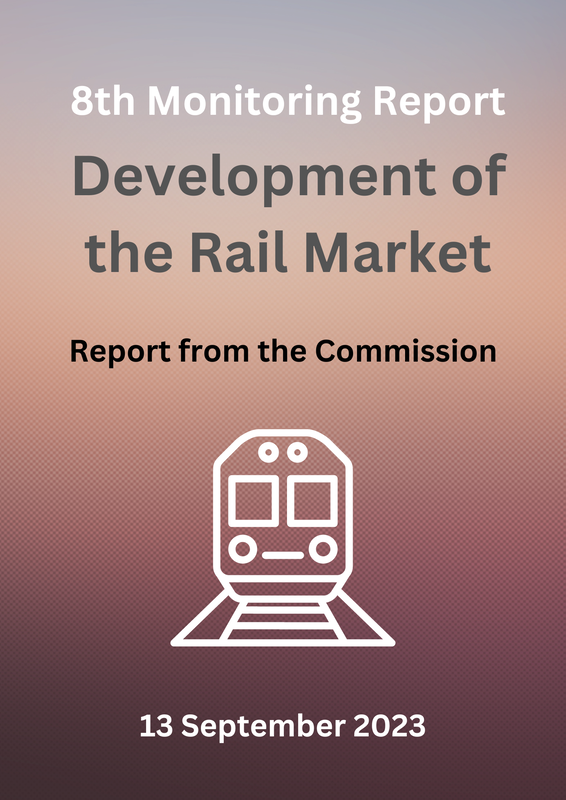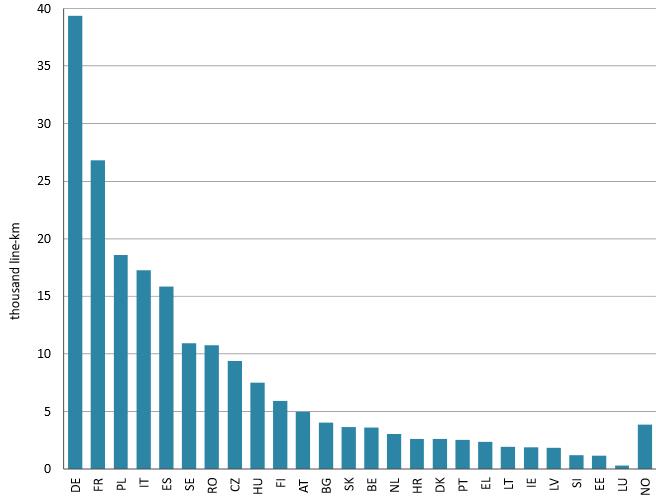|
Brussels, |
|
EU Strategy on Rail
MOBILITY & TRANSPORT
|
The EU has been actively working on enhancing the european Rail Transport infrastructure and services as part of its broader transport and environmental policies. The EU's strategy on Rail focuses on creating a seamless, efficient, and sustainable rail network across the continent, as well safety and standards. Key elements of the EU's strategy on rail include:
|
- Digitalization and Innovation: The EU promotes the adoption of digital technologies in the rail sector, such as ERTMS (European Rail Traffic Management System), to enhance safety, increase efficiency, and reduce costs. Innovation is also a key focus, with support for research and development in areas like hybrid, hydrogen, and battery trains, and smart infrastructure.
- Funding and Investment: The EU supports rail infrastructure development through various funding mechanisms, including the Connecting Europe Facility (CEF), Cohesion Fund, and regional funds. These funds help finance projects that build, upgrade, and modernize rail infrastructure and services.
- International Connectivity: The EU works to improve rail links with neighboring countries and regions, facilitating trade and travel. This includes efforts to extend key rail corridors beyond the EU borders and to harmonize operations and standards with neighboring countries.
- Sustainability and Decarbonization: Rail transport is central to the EU's Green Deal, a set of policy initiatives aimed at making Europe climate neutral by 2050. The EU aims to increase the share of rail in overall transport and to reduce the environmental impact of the entire transport sector.
- Passenger Rights: The EU has established a set of rights for rail passengers to ensure high-quality service, compensation in cases of delays, and assistance for passengers with reduced mobility.
- Safety and Standards: Ensuring the safety of rail transport is paramount. The EU has strict safety standards and regulations, overseen by the European Union Agency for Railways (ERA), which works to enhance safety and interoperability of rail systems across member states.
These initiatives and policies collectively represent the EU's comprehensive approach to developing a modern, efficient, and sustainable rail network that meets the needs of its citizens, supports economic growth, and contributes to environmental objectives.
Length of national networks per country (thousand line-km, 2020) and relative change (2015-2020)



